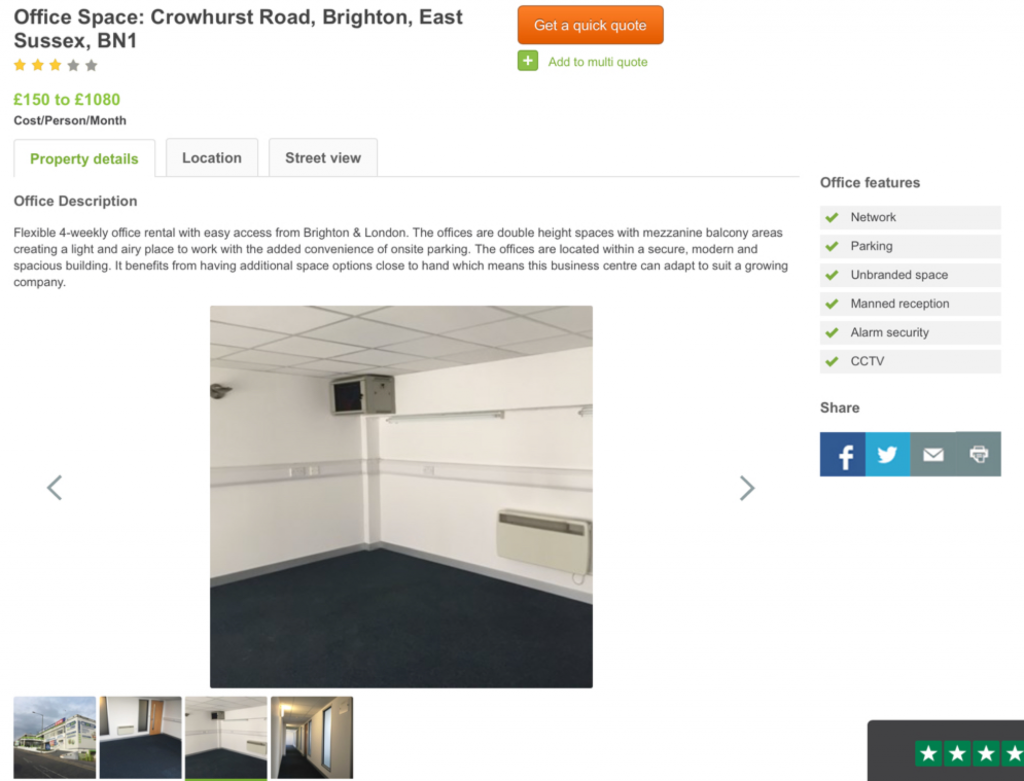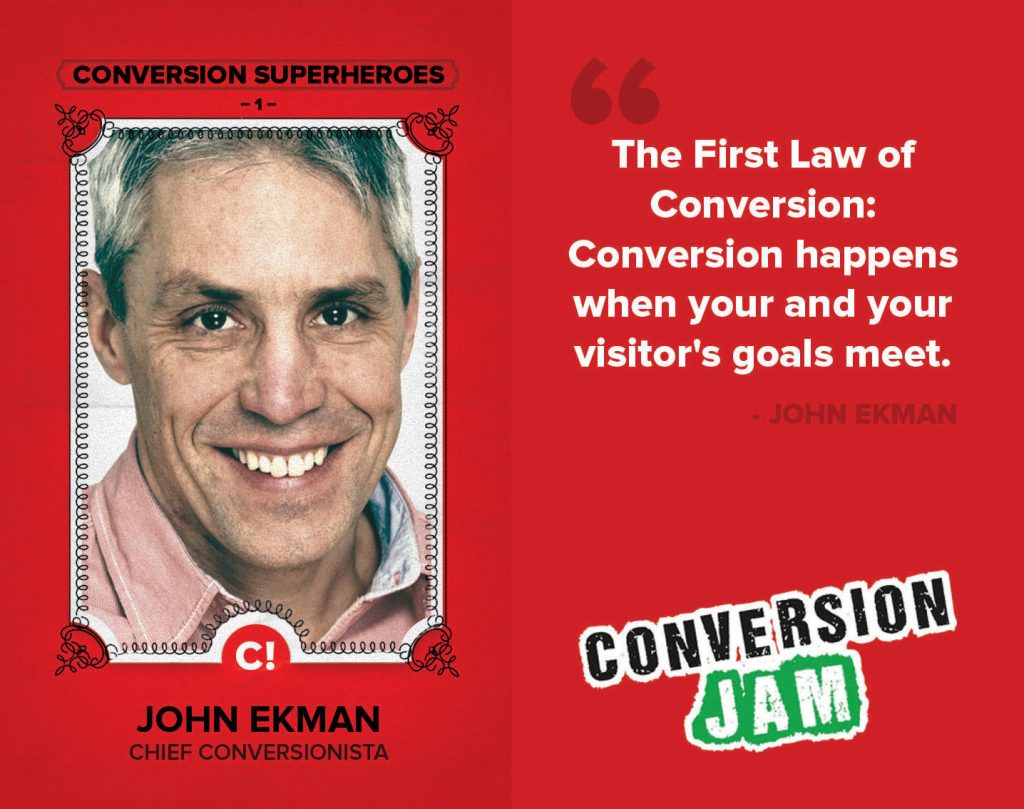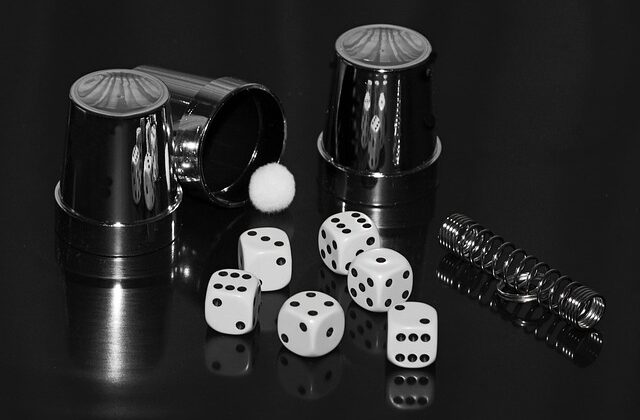
Last week I wrote about the customer disconnect, which happens when our copywriting focuses on what we want prospects to do and forgets why they would want to take that action.
I want to share with you an experience I had firsthand when I realised the copy on the pages there to trick me into becoming a lead, and not to help me solve my problem.
Let’s dive in…
Recently I’ve been looking for office space to rent to set up a dedicated film studio for AmyTV. So a few months back I hit Google and one of the top listings caught my eye because of its location:

The address in the top left hand corner is about 5 minutes from where I live. And from the thumbnail of the exterior building, I even knew where the offices were located.
This may seem like I’m labouring the obvious at this stage, but just as you know James Bond is going to use that laser cutting Rolex, the following is pertinent in the subsequent sequence of events:
I knew the specific location of these office units and I was interested in them.
Happy with the terms on the page, I decide to take them up on their offer and “Get a quick quote.”
‘Get’: Sneaky trick number one?
In persuasive writing, it’s recommended that you start with verbs. The active language makes your copy punchy, and it gives the sentence momentum:
- ‘Create your image’ instead of ‘you will have created your image’
- ‘Stay ahead of the competition’ instead of ‘The competition will be behind you’
- ‘Write that bestseller’ instead of ‘you will have written a bestseller’
You get the picture.
And ‘Get‘ is a key copywriting word because it suggests ownership.
Prospects are looking for solutions, help, information and the word ‘get’ suggests that, unlike Bono they will soon find what they are looking for.
So what’s wrong with it? What might make it a sneaky trick?
When you don’t give what you promise they will get
I click on the “Get a quick quote’ button and fill out the form (note the below is an example – I used my real details first time round):

Next copywriting trick: ‘NOW’?
“Woah woah woah Amy, ‘Now’ is a great word to use! It suggests urgency which we know is important for encouraging people to take action.”
That is true. And indeed, in this very instance it made me want to take action because I did want a quote now. So I filled in my details and clicked the button.
Only to see this:

I knew I was in trouble as soon as I saw this page. Remember I am on a pretty specific office page. I know the location, there must be a number of units to choose from, so why do I feel like I’m sliding down a snake on a board game and pushed several steps back?
Who does the ‘NOW’ belong to?
It made me think about the language they’re using and I realised that ‘now’ didn’t belong to me as I first thought.
It belongs to the company. They want their lead NOW, I get my quote SOON.
Tricked and trapped by the copy
From there it goes from bad to worse. First I get an email within minutes from one company that has more office listings – unfortunately none are anywhere near me:

Then a different company contacts me to let me know how to get started…

I feel like I’m travelling backwards in my search journey. I had found somewhere I was interested. I was a warm lead. I was at the stage of asking for a quote.
“Give me a quote”, is not the same as “show me some generic properties”. So why was I being put on this path?
Well just as I mentioned in last week’s post, it’s like those booths at train stations. The company thinks if they can just get me close to their ‘stuff’ they can convert me.
But they are using copywriting techniques to trick and trap, rather than build a bridge between what someone wants and what that business can provide.
And that is not a good conversion technique.
I love this quote from conversion heavyweight John Ekman. Chief Conversionista at Conversionista.

(I will be speaking at this year’s Conversion Jam in Stockholm and Norway – Join me!)
Best practice copy becomes a trick when visitor goals aren’t met
I heard a great quote recently in an interview of Jeff Patton by Mike Cohn. They were discussing user stories and story-mapping for software development, but trust, me this applies to copywriting.
I’m paraphrasing here, but Jeff said something along the lines of:
When best practice becomes dogma, you forget the problem you were originally trying to solve.
In other words, when you find yourself blindly following rules, because ‘they’re best practice’ your approach can become outdated fast. You lose your curiosity, which dampens innovation and most critically, harms the customer experience.
If you focus on the words, and forget the problem you want to solve for your ideal target market you can find yourself on a slippery slope to snake oil tactics.
The antidote? Know your prospect and stay curious
When you forget about your prospect, tactics can take over. Keep in mind who you want to reach, what their questions and problems and pains are, and reinforce how you can help them go from where they are to where they want to be.
And stay curious, keep checking in with customers and their needs. Revisit your own marketing, put yourself through the process and ask:
Are the promises you make for you? Or your prospect? (Hint – it should be the latter 🙂 )
What do you think? Have you seen any good copywriting practices gone bad? Let me know in the comments…

You’ve nailed it. I also use my own copywriting tricks when I am in a bind (can’t get the wording right). I find the final copy doesn’t ring true–it’s cheesy.
Thanks Andrea! It’s so easy to rely on what feels familiar. I know I have some stock phrases that can creep in when I’m tired or not concentrating. That’s what drafts are for! 🙂
Excellent points Amy.
No one likes going down a rabbit hole
leading to nowhere. Very annoying.
That’s where the delete button comes in handy.
Exactly Barry – thanks for reading!
Amy, you’re amazing. I love watching and reading your content. And your conversion powers are truly magnificent too. You had me buy The Joshua Tree on iTunes the moment I read that hilarious Bono bit ?
Thank you so much Paul. And for all Bono’s sunglasses transgressions, he does make great music. 🙂
I love this! What a terrific way to get your frustrations vented and teach us all a lesson at the same time.
I’m hoping that AmyTV has a new home soon. I’m a proud addict.
I’m working behind the scenes on getting it back on screen. I’ve got somewhere to film for now, but keeping my eye out for a dedicated space as well. Fingers crossed (and yes, it did feel good to write this down!)
Amy, not to be the writing police but should it be “John Ekman’s saying” Your and Your to You and Your ? or is Your and Your more forceful and clear.?
Nice post.
Hey Joe – I read it as your goals and your prospect’s goals, and when those meet, conversion occurs. 🙂